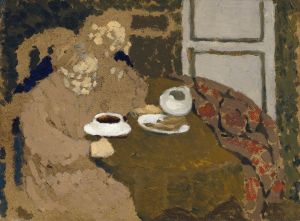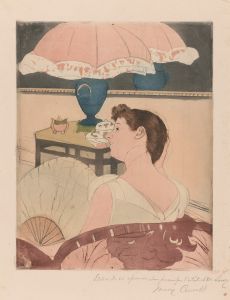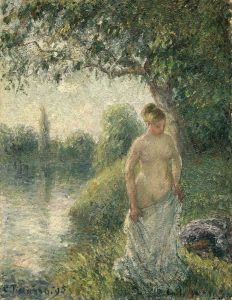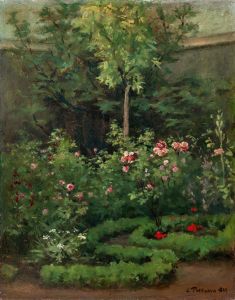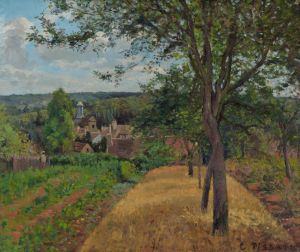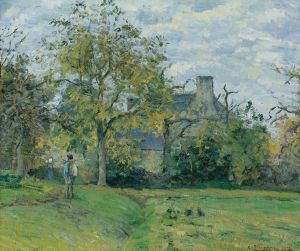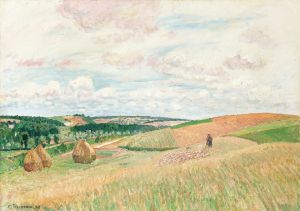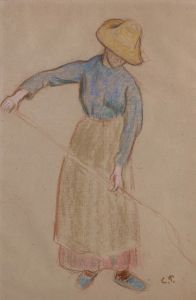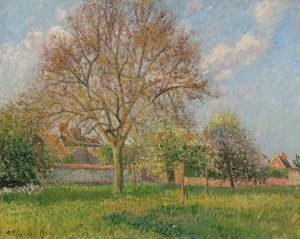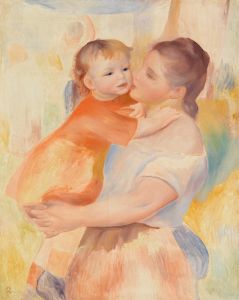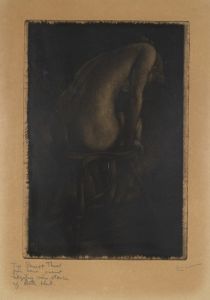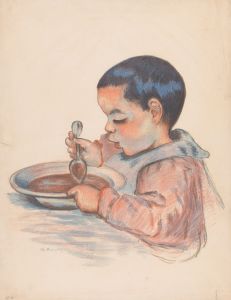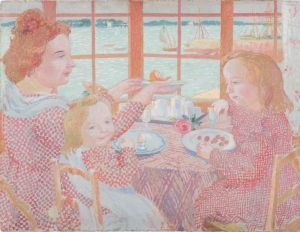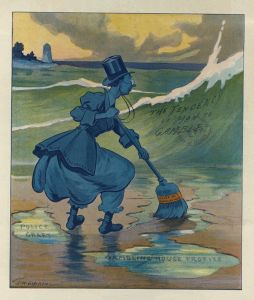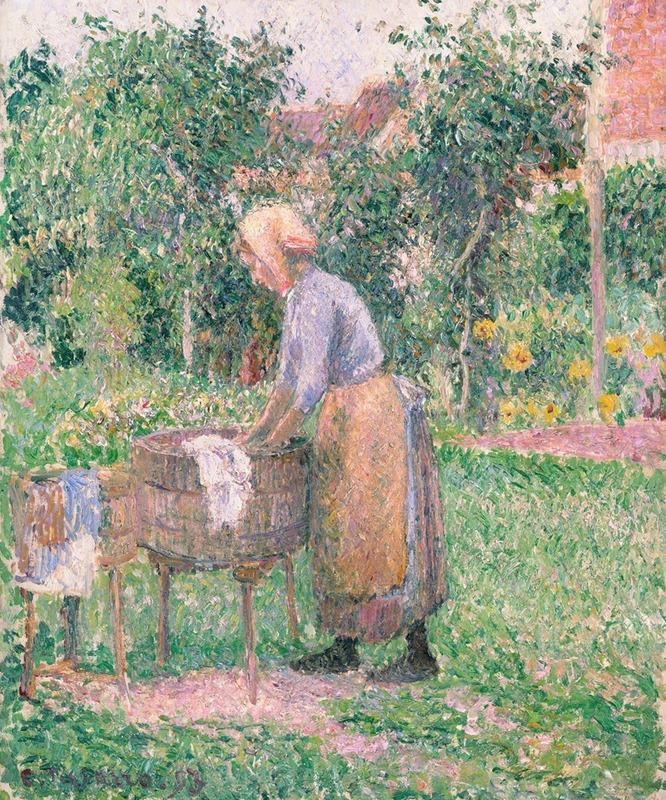
A Washerwoman at Éragny
A hand-painted replica of Camille Pissarro’s masterpiece A Washerwoman at Éragny, meticulously crafted by professional artists to capture the true essence of the original. Each piece is created with museum-quality canvas and rare mineral pigments, carefully painted by experienced artists with delicate brushstrokes and rich, layered colors to perfectly recreate the texture of the original artwork. Unlike machine-printed reproductions, this hand-painted version brings the painting to life, infused with the artist’s emotions and skill in every stroke. Whether for personal collection or home decoration, it instantly elevates the artistic atmosphere of any space.
A Washerwoman at Éragny is an oil painting created by the French Impressionist and Neo-Impressionist artist Camille Pissarro. Painted in 1893, this work is a notable example of Pissarro's dedication to capturing rural life and the everyday activities of working people. The painting depicts a washerwoman engaged in her task by a stream in the village of Éragny-sur-Epte, where Pissarro lived with his family from 1884 until his death in 1903.
The composition of the painting reflects Pissarro's characteristic style, combining a naturalistic depiction of the scene with a subtle use of light and color. The washerwoman is shown bending over the water, her figure blending harmoniously with the surrounding landscape. The soft, muted tones of the painting emphasize the tranquility of the rural setting, while the dappled light on the water and foliage demonstrates Pissarro's mastery of capturing the effects of light and atmosphere.
Éragny-sur-Epte, located in Normandy, France, was a significant location for Pissarro's artistic output. The village and its surroundings provided the artist with abundant inspiration for his landscapes and scenes of rural labor. Pissarro was deeply interested in the lives of peasants and workers, and his art often reflected his political sympathies with the working class. This focus on ordinary people and their daily activities was a recurring theme in his work, distinguishing him from many of his contemporaries.
Pissarro's approach to painting during this period was influenced by both Impressionism and Neo-Impressionism. While he had been a central figure in the Impressionist movement, he later experimented with the pointillist techniques of Neo-Impressionism, as developed by Georges Seurat and Paul Signac. By the time he painted A Washerwoman at Éragny, Pissarro had returned to a more fluid and spontaneous style, though elements of his Neo-Impressionist phase can still be observed in his careful attention to color harmony and structure.
The painting is part of a broader body of work in which Pissarro explored themes of labor and nature. His depictions of washerwomen, farmers, and other rural workers were not only artistic studies but also reflections of his interest in social and economic issues of the time. A Washerwoman at Éragny exemplifies Pissarro's ability to elevate a simple, everyday activity into a subject of profound beauty and significance.
Today, A Washerwoman at Éragny is held in a private collection, and it continues to be celebrated as a testament to Pissarro's skill and his commitment to portraying the dignity of rural life.





